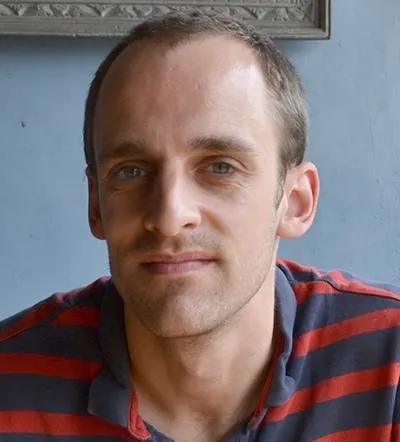Project overview
Oceans cover nearly two thirds of the Earth’s surface, and, with their great depth, provide more than 99% of its habitable volume. Microbial life is supported throughout this enormous habitat, with up to a million individual cells in a single gram of seawater. With this great abundance, marine microbes are very important. They form the basis of virtually all marine food-webs, they produce about half of atmospheric oxygen, and they play a key role in the regulation of atmospheric CO2 and climate. These tiny creatures also show great diversity - hundreds of thousands of unique species were identified in a single recent survey. Ultimately, all of this diversity can be traced back to a single common ancestor. This project aims to answer the question of how this enormous diversification occurs in the ocean. This is a particularly intriguing question in the marine realm, because of the unique interaction of three factors. Firstly, huge microbial populations reproduce about once every day, allowing rapid evolution. Secondly, natural selection is shaped on similar timescales by intense competition for resources and the avoidance of predators. Thirdly, the ocean’s circulation mixes together potentially very different communities from different environments. This project aims to understand the origins of the genetic and taxonomic diversity described above, using a computer simulation to pull apart the three processes of evolution, competition and oceanic dispersal. This will improve our understanding of ocean ecosystems, allowing better predictions of their future response in a changing world.
